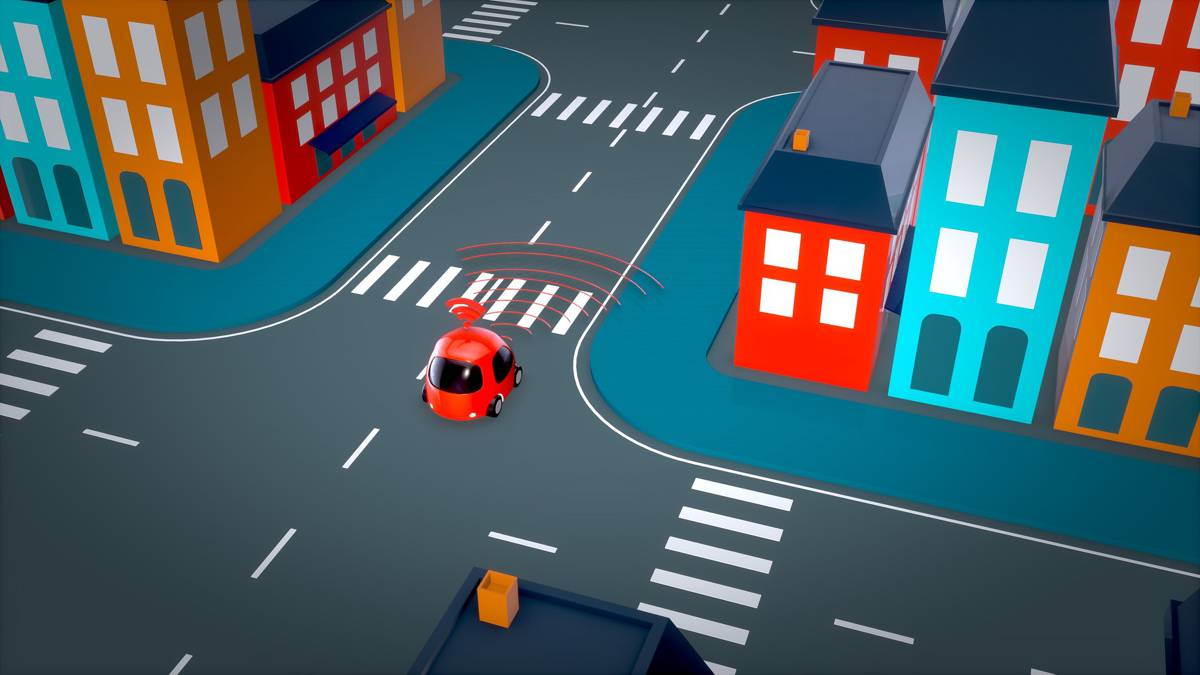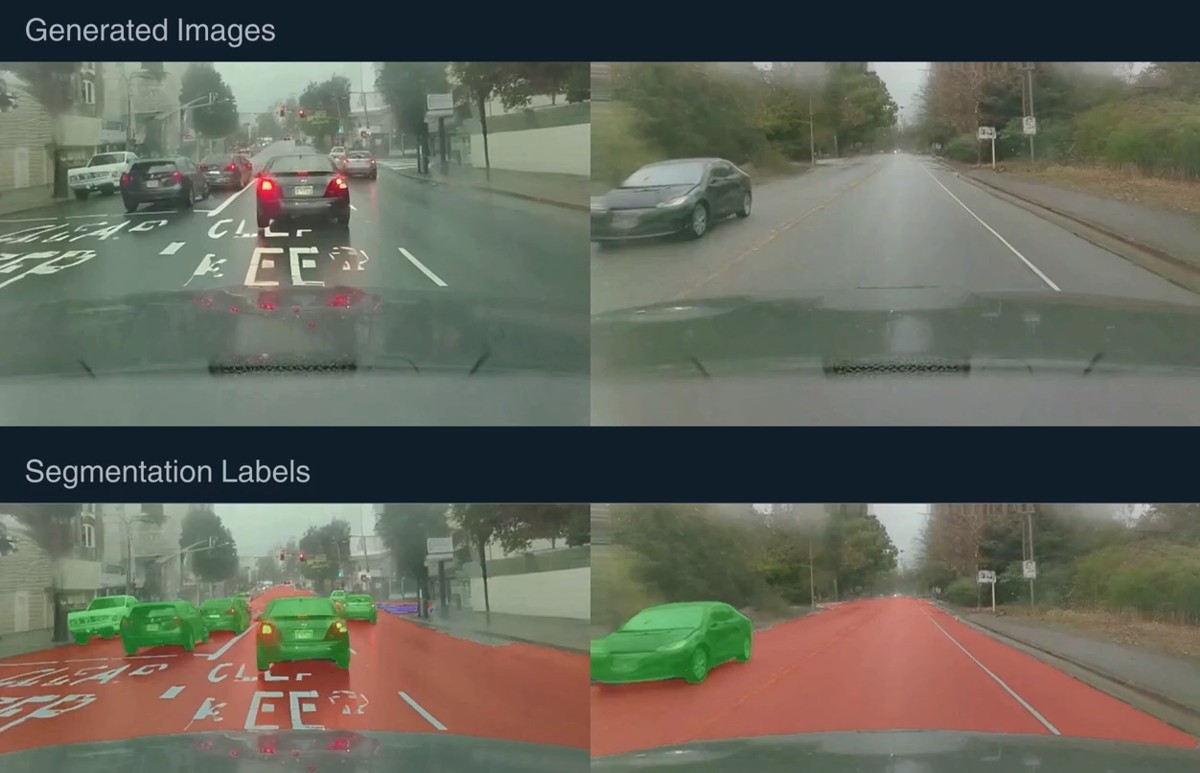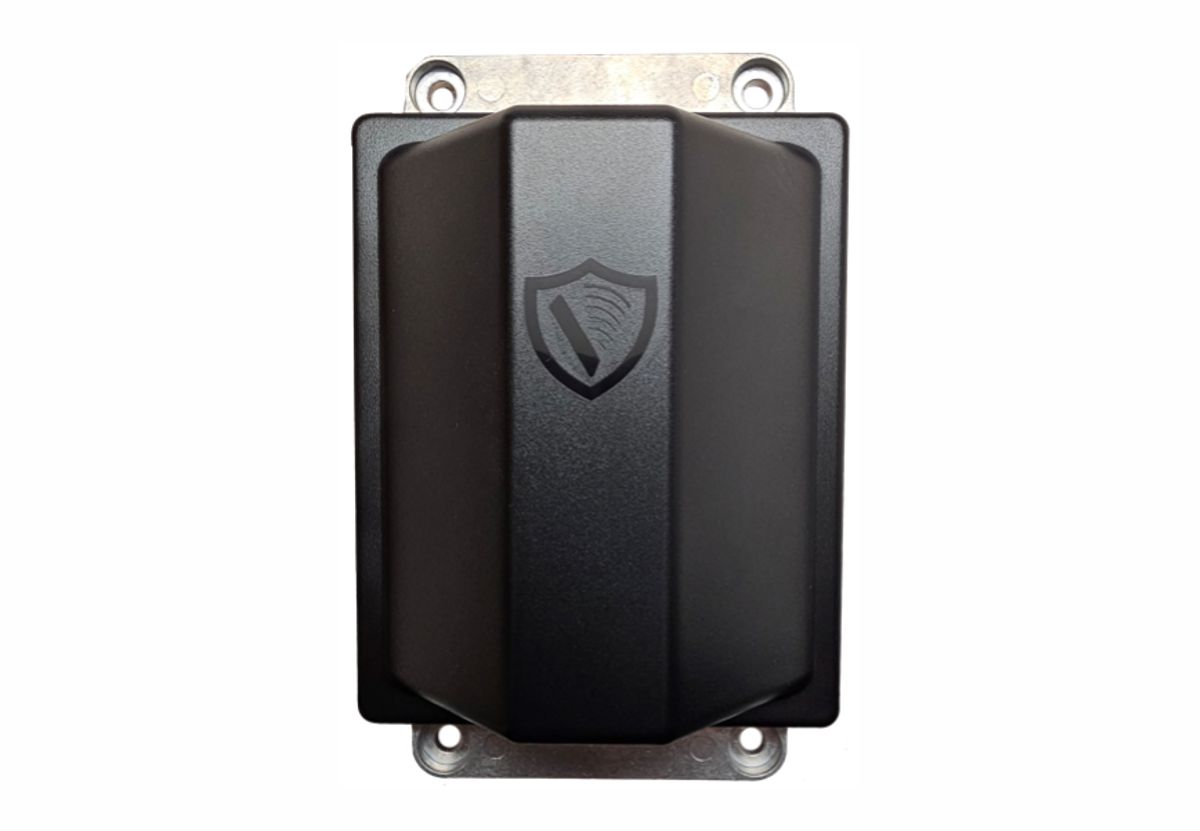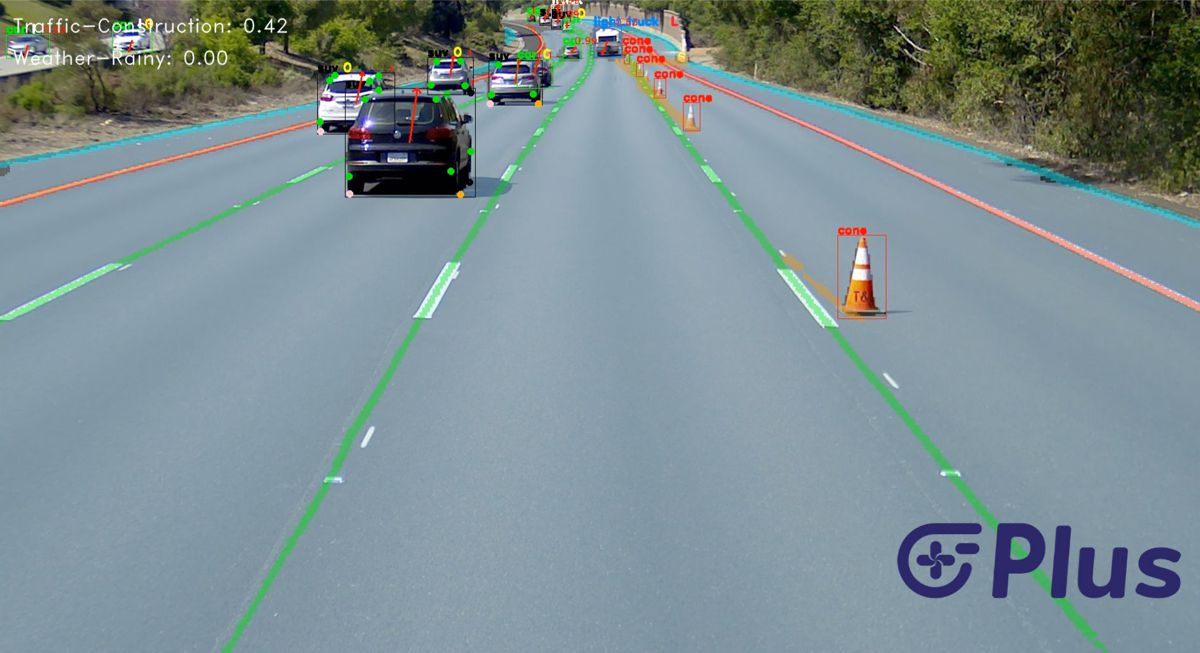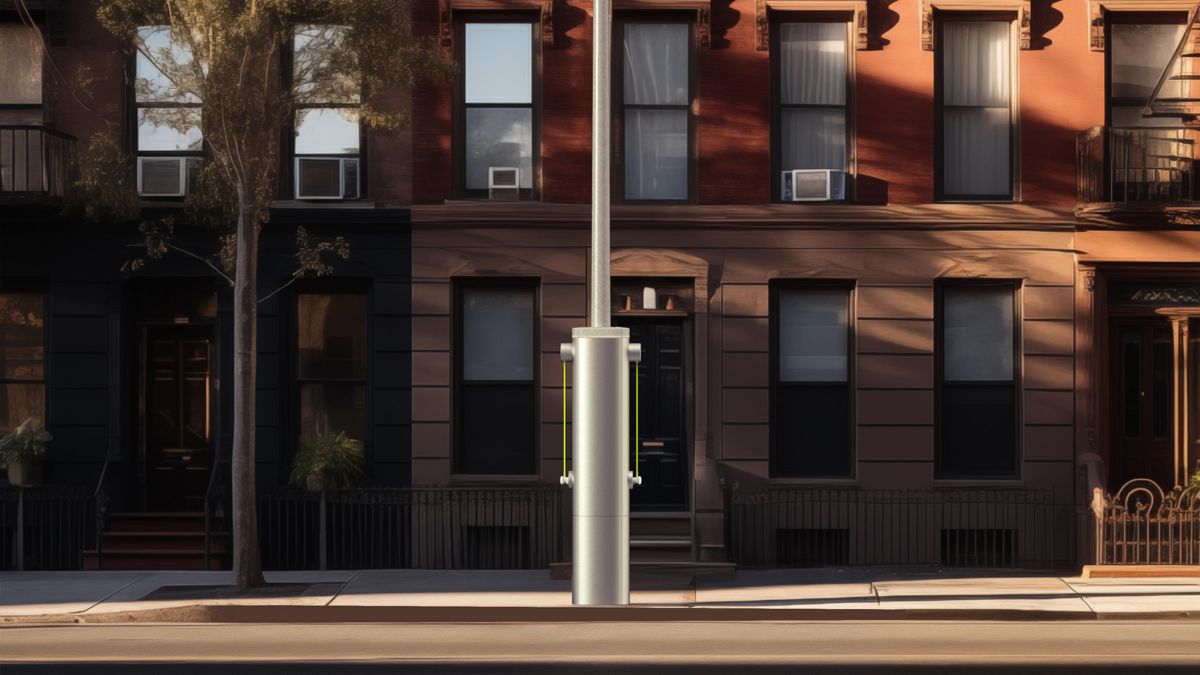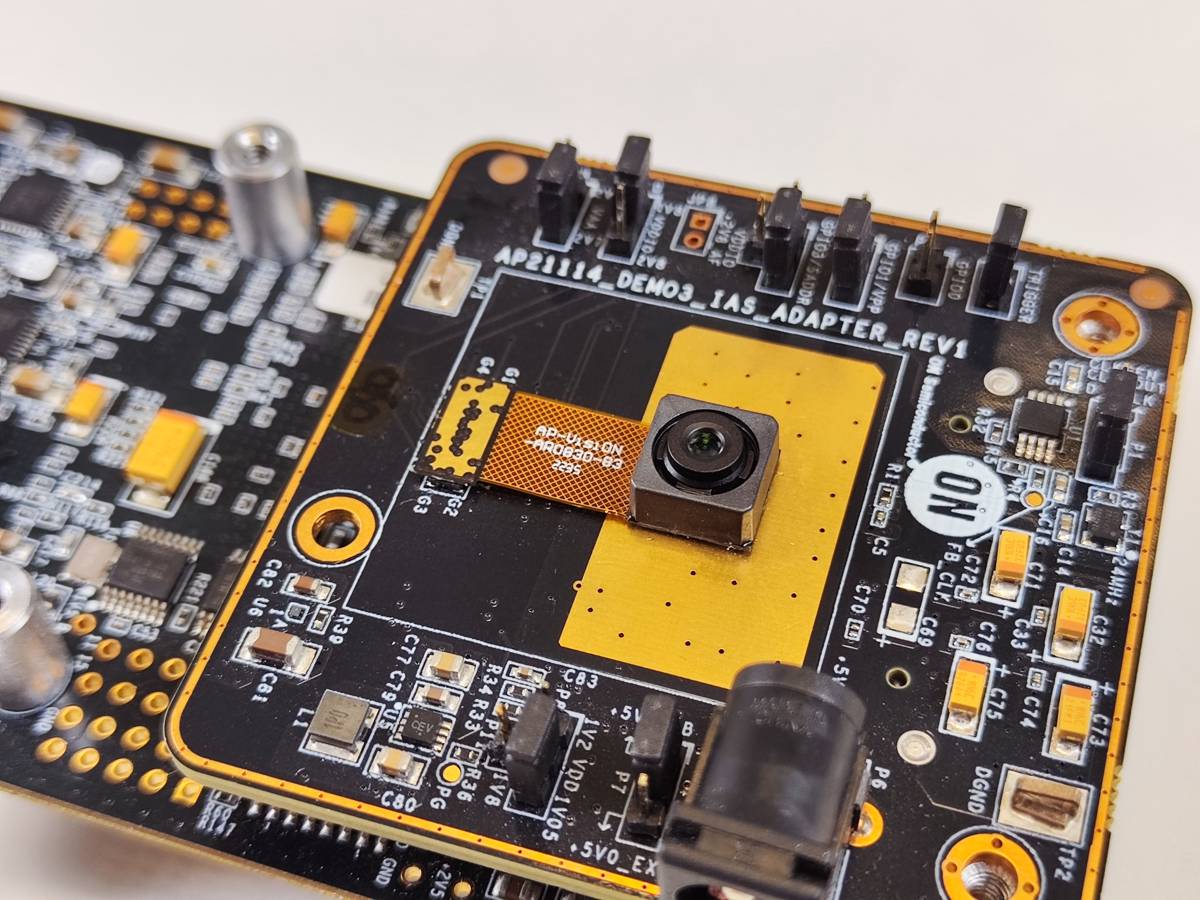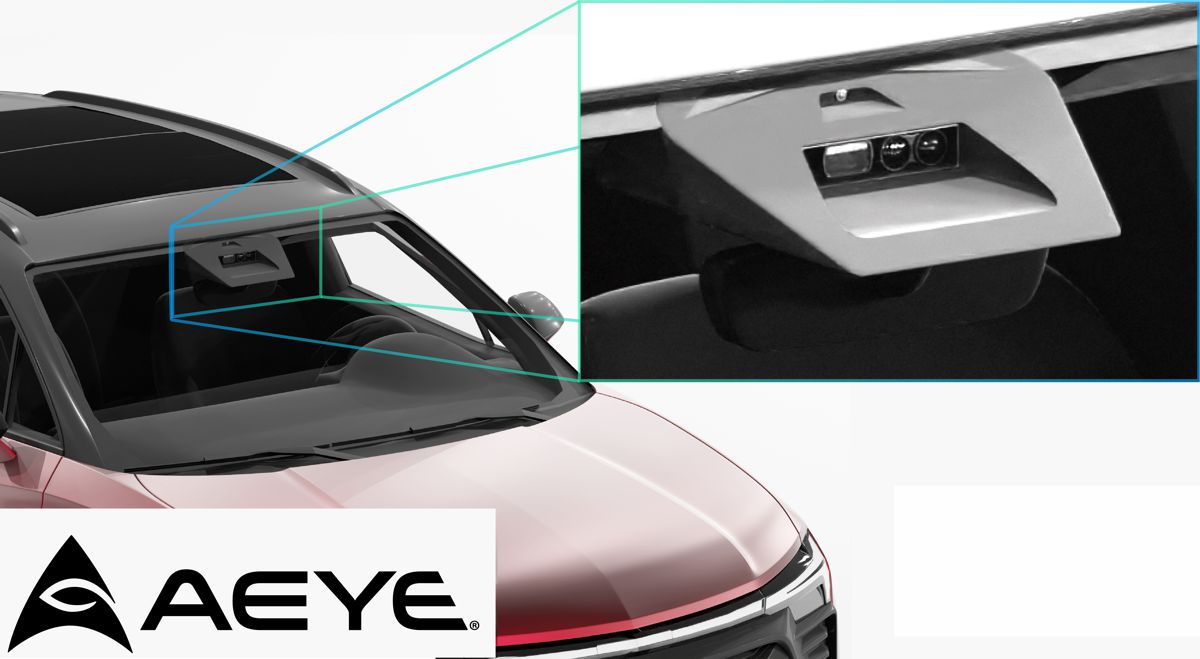What to expect from Autonomous Vehicles over the next 5 Years
Petrol and diesel cars will be banned by 2030 and all-electric autonomous vehicles will replace them. The hype around the future of mobility is rising as 11% of respondents who took part in Arthur D. Little’s “Global Automotive Mobility Study – 3rd Edition” claimed that they’re willing to use fully autonomous vehicles, and 35% are rather likely.
As we get ready for the latest mobility innovations, we wonder what types of autonomous vehicles we can expect to see on the roads in the next five years and how far our technology can take us.
It’s written in the policies and legislations
The UK has jumped headfirst onto the bandwagon of autonomous vehicles. It seems that the way forwards for the UK will be paved through the implementation of legislation and policies that allow for AVs to enter British roads.
The UK ranks ninth in terms of readiness for AVs, based on the KPMG: Autonomous Vehicles Readiness Index 2020, with an index score of 21.36. Britain’s efforts to prepare for the latest innovation in mobility are mainly focused on public transport, cybersecurity, safety, and technology.
These efforts are supported by the review and implementation of policies and legislation. In fact, the UK ranks second on the Policy and Legislation pillar. On 19th July 2018, the UK government accepted the Automated and Electric Vehicles Act. The act aims to ensure that insurers are followed regarding all claims.
According to Jesse Norman, Roads Minister: “this act will ensure that the UK’s infrastructure and insurance system is ready for the biggest transport revolution in a century.”
In 2019 the UK government published the second consultation paper of the regulatory framework for automated vehicles. This is an extension of the act that addresses AVs regulation for public service vehicles, such as unstaffed minibuses or taxis. Currently, the UK government is preparing the third consultation paper. This extension will focus on the definition of self-driving, how to ensure safety in-use, and defining the difference between a user-in-charge and a fleet operation.
The latest advancement that the UK has made in terms of allowing automated vehicles on the road is exciting. Vehicles that are fitted with Automated Lane Keeping System (ALKS) technology will be classed as self-driving. The requirements is that they need to be granted a GB type approval and the vehicle is fit to self-drive. This means that self-driving vehicles can be allowed on the roads in no time. The only limitation, however, is that these vehicles must travel at a speed below 37mph.
What levels of autonomy do we expect to see on the roads?
When we hear the term autonomous vehicle, we tend to imagine a car that moves without a human driver. While fully self-driving cars are part of this category, they comprise only one type of autonomous vehicle presented as Level 5. However, there are four more levels that define the types of AVs. Let’s delve into them.
Level 0: No driving automation
We know this type of car as manual. All driving tasks are performed by the driver, including the operation of the gear stick.
Level 1: Driver assistance
A slight upgrade to the manually operated car, this level features adaptive cruise control. It allows the car to automatically control its own speed and to perform lane centring.
Level 2: Partial driving automation
Most of the cars on roads today are Level 2 autonomy. They feature a system that offers automatic steering and accelerating/braking functions.
Level 3: Conditional driving automation
These cars are self-driving but only in certain conditions. They require the driver to be alert at all times in case they need to take back control. The cars which are fitted with ALKS will be considered Level 3 “self-driving”, and it is these vehicles that the UK government is planning to allow on the roads.
Level 4: High driving automation
Level 4 cars pretty much hit the self-driving mark: they don’t expect the driver to ever take control. If something unexpected were to happen on the road, the car is designed to pull itself over safely. However, there is one exception: the cars aren’t made to operate in all conditions, which can be limiting for some drivers.
Level 4 automated cars are a massive leap in innovative mobility. The downside is that our road networks are way too complicated. For this reason, some people believe that this type of car will never see the roads.
Level 5: Full driving automation
A small improvement to Level 4 automated cars, Level 5 vehicles are expected to fully drive themselves without any human input required. These could well be our future buses and taxis.
Many predictions stated that by 2021 we would see fully automated cars waiting at red traffic lights and driving seamlessly after the green signal. However, these predictions seem to be falling down the drain. The reason? Our AI technology is not advanced to the level needed to make that possible. Even Elon Musk, CEO of Tesla, had to retract his previous Twitter post which stated that by 2020 there will be “over a million cars with full self-driving, software, everything”.
For now, we look forward to seeing Level 3 cars accessorising our roads.
Astonishing technological advancements in AVs
While we might not be seeing fully automated cars hitting the roads anytime soon, trials are advancing at the speed of light.
Waymo, Google’s self-driving car project has been working for several years on the Jaguar I-Pace model. This is an all-electric Level 3 autonomous vehicle that has an in-built InControl including standard and optional driving assistance features. These features include emergency braking, cruise control, speed limiter, lane keep assist, traffic sign recognition, adaptive speed limiter, and many more.
Additionally, Jaguar Land Rover is building a ‘smart city hub’ in Ireland where it can test autonomous technology. The hub will consist of 7.5 miles of complex roads which will allow JLR to test its sensor data and simulate a variety of driving and traffic scenarios. The Jaguar I-Pace model will be used during the tests.
We’ve made so much progress in terms of technological advancements that will inform the future of mobility. Although we might not be seeing fully autonomous vehicles on the roads anytime soon, the trials will ensure the safety, performance, and sustainability of our AVs. We can look forward to embracing autonomous mobility one step at a time.


